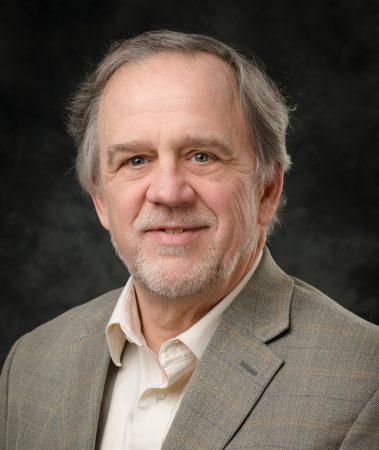
After 43 years of distinguished service to Michigan Tech as a staff member, former student, professor, and leader, Dr. Larry Sutter, associate dean of research and external relations in the College of Engineering, and professor of materials science and engineering, officially retired from the University as of June 30.
Sutter first came to Michigan Tech in 1979 to work in the former Department of Metallurgical Engineering, operating and maintaining their powerful electron microscopes. He had previously earned an associates degree in electronics at DeVry University in Ohio and had worked for an instrument vendor for three years. Taking advantage of Michigan Tech’s tuition benefit, while working full time, Sutter took a few undergraduate courses, and then a few more–eventually earning a BS in Metallurgical Engineering. He didn’t stop there. Sutter went on to earn an MS in Environmental Engineering, and finally a PhD in Civil Engineering—all at Michigan Tech.
While pursuing his doctoral degree, Sutter joined the faculty in Michigan Tech’s former School of Technology, teaching courses in civil engineering technology and construction management for nearly a decade, becoming a tenured professor.
In 2007 Sutter became director of the Michigan Tech Transportation Institute (MTTI), which served as a link between Michigan Tech researchers and the Michigan Department of Transportation (MDOT) and other state DOTS, as well as the Federal Highways Association. Under Sutter’s direction MTTI expanded, growing to 25 employees, focused on transportation research, education and training, outreach, product development and technology transfer, with over $3 million in research expenditures.
He also served as director of the US Department of Transportation-sponsored UTC-MiSTI (University Transportation Center for Materials in Sustainable Transportation Infrastructure). Sutter became actively involved with research through the National Cooperative Highway Research Program, sharing his extensive knowledge of concrete making materials. He also contributed through his strong expertise in material characterization measures, which enabled him to accurately assess concrete durability and the deterioration of concrete pavements.
Sutter joined Michigan Tech’s Department of Materials Science and Engineering in 2013 as a full professor. He advised graduate students and taught courses in scanning electron microscopy, and continued research on concrete-making materials and concrete durability.
Over the years Sutter’s research focus honed in on various recycled and secondary materials for sustainable concrete, including fly ash and blast furnace slag. He is recognized nationally as a leader in development of standard tests and specifications for using these materials in concrete.
“My professional goal now is to be a contributor to making the cement and concrete industry carbon neutral by 2035. It is a BHAG (Big Hairy Audacious Goal) but I feel strongly it can be done.”
In recent years Sutter earned several major awards. He was named a Fellow of ASTM International, formerly known as American Society for Testing and Materials. ASTM is an international standards organization that develops and publishes voluntary consensus technical standards for a wide range of materials, products, systems, and services.
In naming him a Fellow, ASTM recognized Sutter as “a valuable resource and advocate for the responsible use of sustainable materials in concrete mixtures, and a forward-thinking leader in integrating new and developing technologies into new and existing standards.”
Sutter’s dedication is underscored with a summary of his involvement: he is active on ASTM Committee C01 Cement, as well as C09 Concrete. He serves as vice-chair of committee C09, the second largest committee within ASTM, and serves as chair of subcommittee C09.24 Supplementary Cementitious Materials. Sutter is also chair of subcommittee C01.14 Non-hydraulic Cements, and serves on the executive committees of both C01 and C09.
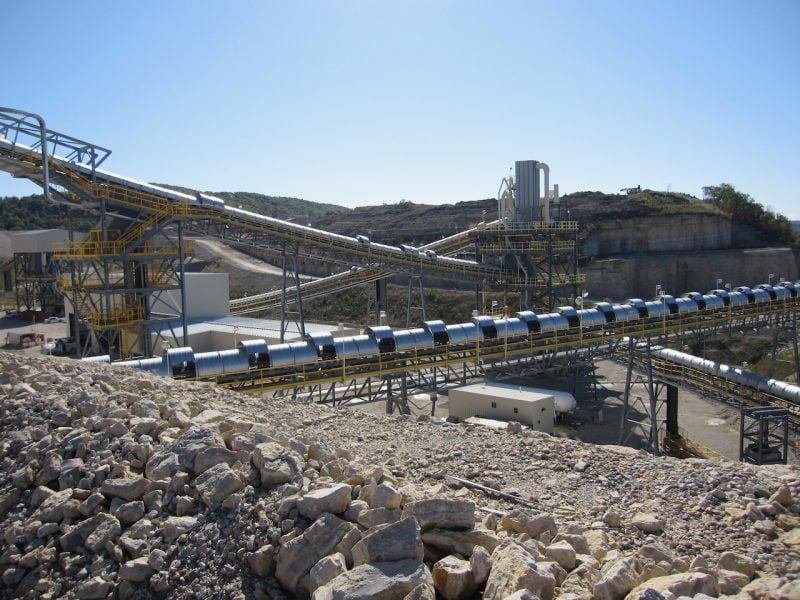
Sutter was also named Fellow of the American Concrete Institute, or ACI, in 2019. He currently serves as chair of ACI Committee 321 Durability Code, Vice-Chair of Committee 232 on Fly Ash and Bottom Ash Use in Concrete, and secretary of Committee 201 on Durability. He serves on the ACI Board of Direction. And now, he serves as chair of the board of the newly formed ACI Center of Excellence for Carbon Neutral Concrete (NEU).
Sutter earned the Jean-Claude Roumain Innovation in Concrete Award from ACI’s Strategic Development Council, which recognized his strong leadership in concrete materials education and research. The award committee cited Sutter’s work, which has “resulted in the advancement of knowledge of deicer-induced damage to concrete, utilization of fly ash and alternative cements, and characterization of a concrete air-void system to overall improve the sustainability and durability of concrete.” Sutter also received the Delmar L. Bloem Distinguished Service Award from ACI in 2018.
In 2022 Sutter received the Champion Award from the American Coal Ash Association, the 8th recipient of the award over the past 10 years.
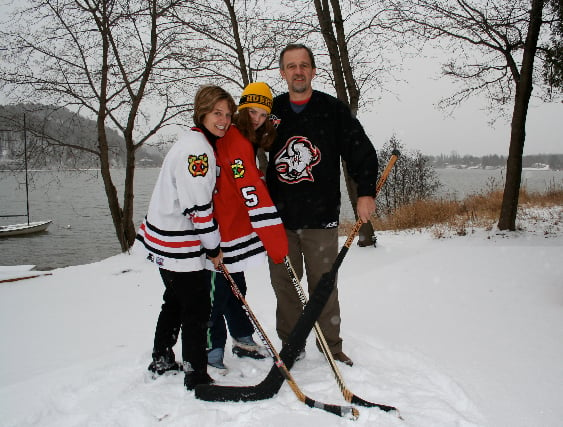
Sutter made his mark outside the world of concrete and Michigan Tech, too. After enjoying hockey as a spectator all of his life, at the age of 37, he got the opportunity to get on the ice and enjoy the game as a participant. This happened because he casually commented to his graduate school office mate, John Sandell, now a faculty member in the Department of Chemical Engineering, that he would love to play hockey—but only if he could play goalie.
“John assured me that if I wanted to play goalie I could play 7 days a week—because no one else wanted to do it!”
Sutter has played hockey ever since, and even founded the Tuesday Night Hockey League, which involves the game (of course) but also a veritable locker room feast that Sutter prepares himself each week for his teammates.
Sutter’s love of hockey is contagious off campus, too. For each of his many ACI meetings, held in different cities across the country, where possible, Sutter manages to organize an ACI hockey game, which involves finding a rink nearby, recruiting 20 of his ACI colleagues, and playing, too. The game is followed by a reception and the event is always done as a fundraiser for the ACI Richard Stehly Scholarship with each game raising well over a thousand dollars to support the scholarship fund.
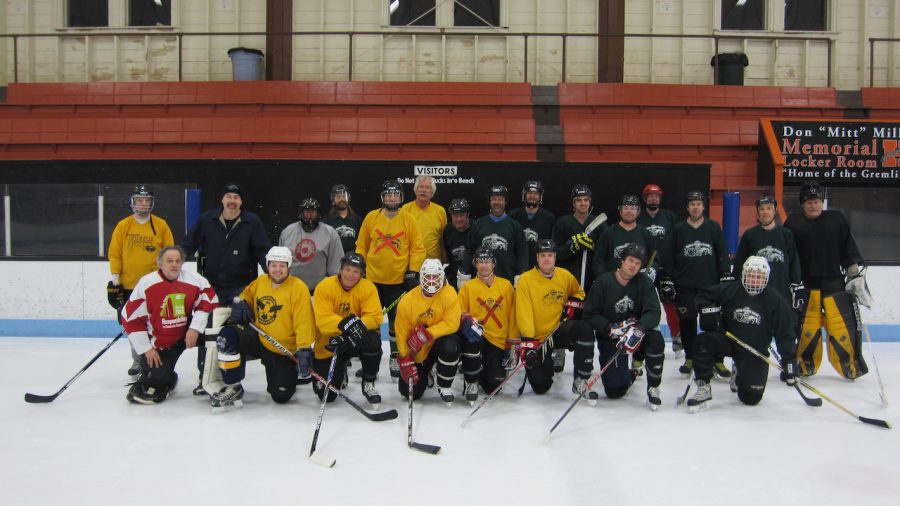
Sutter is a member of the National Academies Transportation Research Board, and the National Concrete Consortium. Both are leading venues for the dissemination of concrete research. He’s also a volunteer at Little Brothers Friends of the Elderly, something he has done for the past 42 years.
So what are Sutter’s next steps after retirement? “My plan is to do a lot more consulting now, with a strong focus on the development of sustainable concrete,” he says. “It’s time to give back.”
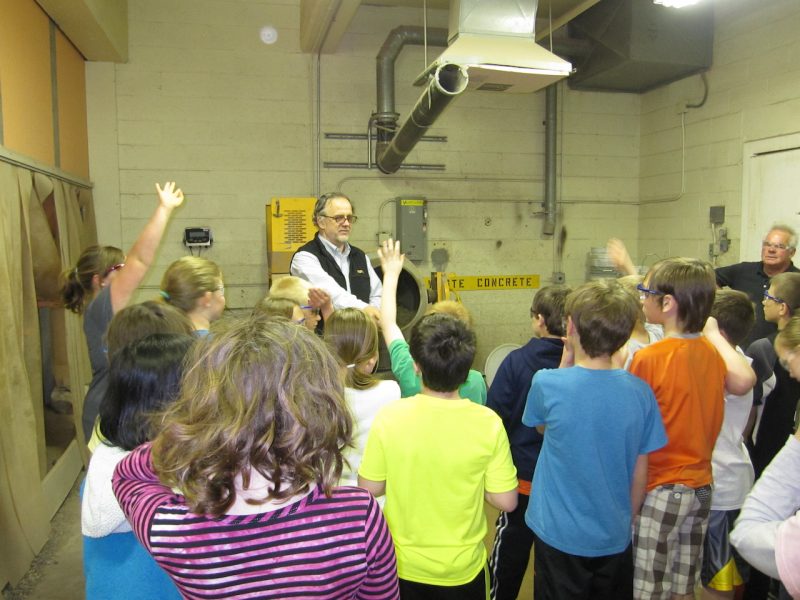
Dr. Sutter generously answered our questions about himself and his plans for retirement.
Hometown?
I was raised in a small town Western New York called Perrysburg, about 50 miles south of Buffalo. I am #4 of six children, 3 brothers and two sisters
Why did you choose Michigan Tech?
Actually, Michigan Tech chose me. I came here in 1978 to install an x-ray fluorescence spectrometer in the Metallurgical Engineering department and while I was here I learned of a job opening in the electron microscope lab. I was looking for an opportunity to work at a university and continue my education, and I loved the small town environment of Houghton, so I applied for the job. I came to the interview in December of 1978, the record snow year. Professor Al Hendrickson picked me up at the airport with his VW bug and as we drove to town in that little car, with no heat, with snow banks 6 feet high on either side, I knew this was the place for me. Eventually I was hired, moved here in March of 1979, and so it began.
Part of the job you enjoyed most?
There were many highlights. Operating the electron microscopes, especially the electron microprobe, was a “gadgeteers” dream. That was and always will be the most fun and interesting job. But that wasn’t as professor or dean, that was as a research engineer.
Probably the highlight of my professor time was as director of the UTC. I worked with a very competent and resourceful staff person, Beth Hoy, and we did some very innovative things. We were able to fund a large number of students and we had numerous outreach programs to engage K12 students. Somewhere along that timeline we started making concrete stepping stones for a Mother’s Day present with 4th grade students. That was always a highlight of the year. The students would come, learn about microscopes, materials, and then get dirty making concrete.
Most rewarding aspect of your job?
Teaching in the School of Technology was rewarding as it was a two-year associates degree and I saw a lot of students that reminded me of myself at their age. The associates degree is a path into higher education that allows students to take an incremental step and prove to themselves that they can be successful. I saw so many students come in year one with the attitude that 6 months from now they will be a failure, only to find they like learning, and they can be successful in college, and by the end of year 2 they are looking at BS programs, or going to work with an associates degree and a much different career trajectory than would have been the case without the degree. I saw a lot of young people’s lives change for the better.
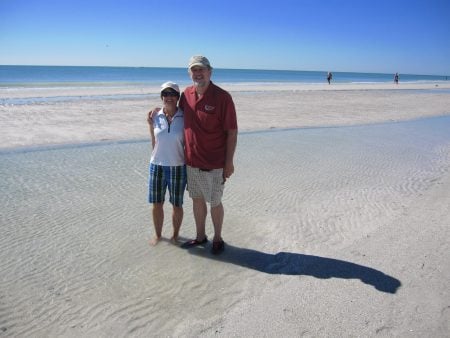
Who were some of the people that influenced or helped you along the way?
In my time in the Metallurgical Engineering department as research engineer, the two influences were Professor Don Mikkola and Professor Duane Thayer. Don was the main reason I came to MTU. At one point I turned down the job offer and he called and talked me into coming; Don had a very convincing manner. Over the years he was always a supporter and a mentor, and a close personal friend. Duane Thayer was a major influence on my education and on my ultimate career path, and also a close personal friend. I became interested in the local copper history when I first came to Michigan Tech, and Duane, aka ‘Dewey’, filled in a lot of stories. I became interested in mineral processing/extractive metallurgy and that became my academic pursuit, under his tutelage. And for everyone reading this who was one of ‘Dewey’s Boys’ (and there were girls too), we all know we are in a special fraternity. Knowledge from that training is still serving me today as I work in the cement and concrete industry.
Plus, Dewey told me early on the secret of being a Yooper: “Be the same way every day. Whatever you are, just be that way and don’t be changing on us.”
Another major influence of mine came from another Dewey, Civil Engineering Professor George Dewey. He got me engaged in fly ash and concrete. Had he not supported me in my transition from research engineer to graduate student to faculty member, it never would have happened. He introduced me to ACI (the American Concrete Institute) and taught me much about how the construction industry works. His support early in my career was foundational. And more than anyone, he taught me how to write.
Last but not least, I worked with two professional staff, that without their skills, much of the research I led would not have had anywhere near the same level of impact. Those were Dr. Karl Peterson, who is now a professor at the University of Toronto, and Jerry Anzalone, now a successful entrepreneur and beachcomber in central California. Both were graduate students under my supervision at the time, but I received far more from them than I gave. Their laboratory skills and their work with students on the front lines made our research program successful.
Your biggest goal now?
My professional goal now is to be a contributor to making the cement and concrete industry carbon neutral by 2035. It is a BHAG (Big Hairy Audacious Goal) but I feel strongly it can be done.
What will you do in your spare time?
I don’t see a lot of spare time coming up in the near term. There are numerous professional activities I am involved in, to get the cement and concrete industry to carbon neutral. Plus I have leadership roles in ASTM and also in ACI, most notably as Chair of the Board for the new ACI Center of Excellence for Carbon Neutral Concrete (NEU). But if there is spare time, my first choice is to travel. I also have a life goal of seeing every NHL team on their home ice at least once. So far I have 16 of the 32 teams done. I’ve been to multiple arenas for some teams, like Detroit. I try to see a couple of teams each year.
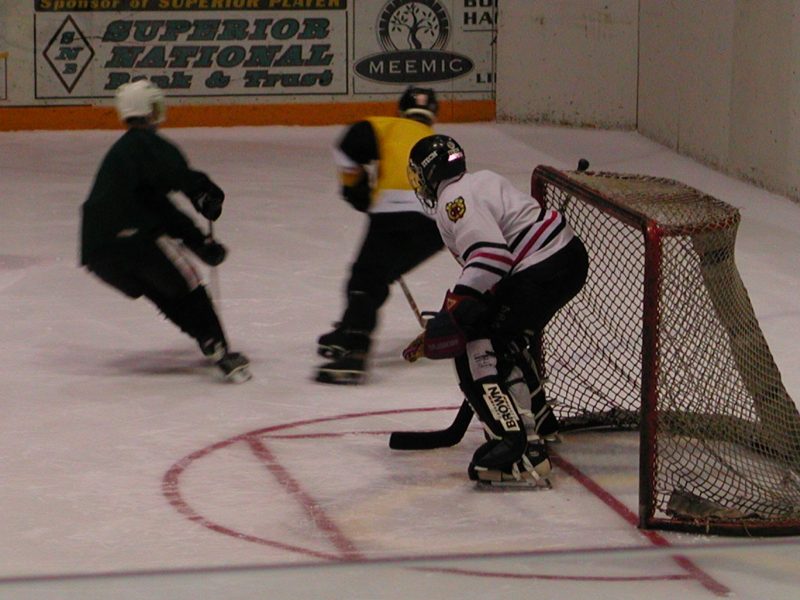
What advice do you give to new students? New faculty?
My advice for new students: Put your phones away, listen to your professors, and read the book. And most importantly, ask questions. It will make them a better professor and it will help you understand that not every question has an answer, and for a young engineer that’s job security.
“With intelligent questions, not nonsense, drive your professor to the point where they say ‘I don’t know.'”
My advice for new faculty: Nothing is easy but everything is possible. Don’t take “No” for an answer and never forget the importance of the professional staff at the university. They are the cog that makes the machine work. Respect them and make them part of your team.
The College of Engineering and Michigan Tech are thankful for Dr Sutter’s leadership and friendship and wish him every happiness in his retirement!